Camponotus consobrinus
559,90 zł – 669,90 zł
Camponotus consobrinus is a monogynous ant species with colonies reaching up to 20,000 workers. They exhibit a moderate to fast development speed. Queens typically measure around 16–18 mm in length, while workers range from 6 to 12 mm, showing noticeable polymorphism. This species is known for its striking appearance: the head and thorax are orange to reddish-brown, while the gaster is glossy black, creating a sharp bicolored contrast. They primarily feed on insect prey, sugary substances like honey-water or syrup, jelly, fruit, and protein-rich foods such as cooked chicken or egg.
| Behavior | |
|---|---|
| Difficulty in breeding | |
| Origin | |
| The size of ants | |
| Wintering |
Camponotus consobrinus (Banded Sugar Ant)
Colony Type: Monogyny
Colony Size: Up to 15,000 workers
Development Speed: Medium to Slow
Size:
- Queen: 14–16 mm
• Workers: 6–12 mm
Diet:
- Feeder insects (e.g. crickets, roaches, mealworms) — fresh or pre-killed
- Sugar mix (4:1 water to honey or sugar syrup)
- Fresh fruit (apple, banana, grapes, etc.)
- Protein jelly
- Unsalted cooked meats or shrimp
- Pure honey
💡 Browse our specialized ant food section to keep your Camponotus colony well-nourished and thriving!
Environmental Conditions:
- Humidity: Arena: 40–60% | Nest: 50–70%
- Temperature: Arena: 22–30 °C | Nest: 22–26 °C
Camponotus consobrinus, also known as the Banded Sugar Ant, is a large and striking ant species native to Australia. Recognized by its contrasting black head and orange-banded gaster, this species is not only beautiful but also highly active and curious, making it a favorite among ant keepers.
While they are primarily nocturnal in nature, they adapt well to captive environments and become more active during the day when provided with a stable routine. These ants are particularly fond of sugary foods, which fuel their foraging activity and support colony growth.
Nesting preferences include plaster, acrylic, Ytong (AAC), and naturalistic setups, all of which help maintain the humidity levels they enjoy. Colonies start slowly, but once established, can grow quite large and become very engaging to observe.


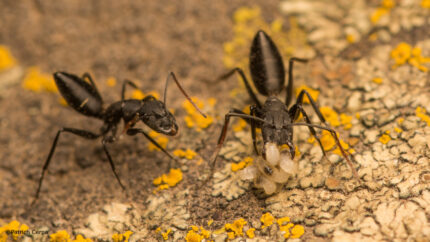
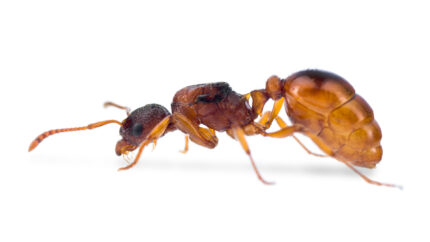
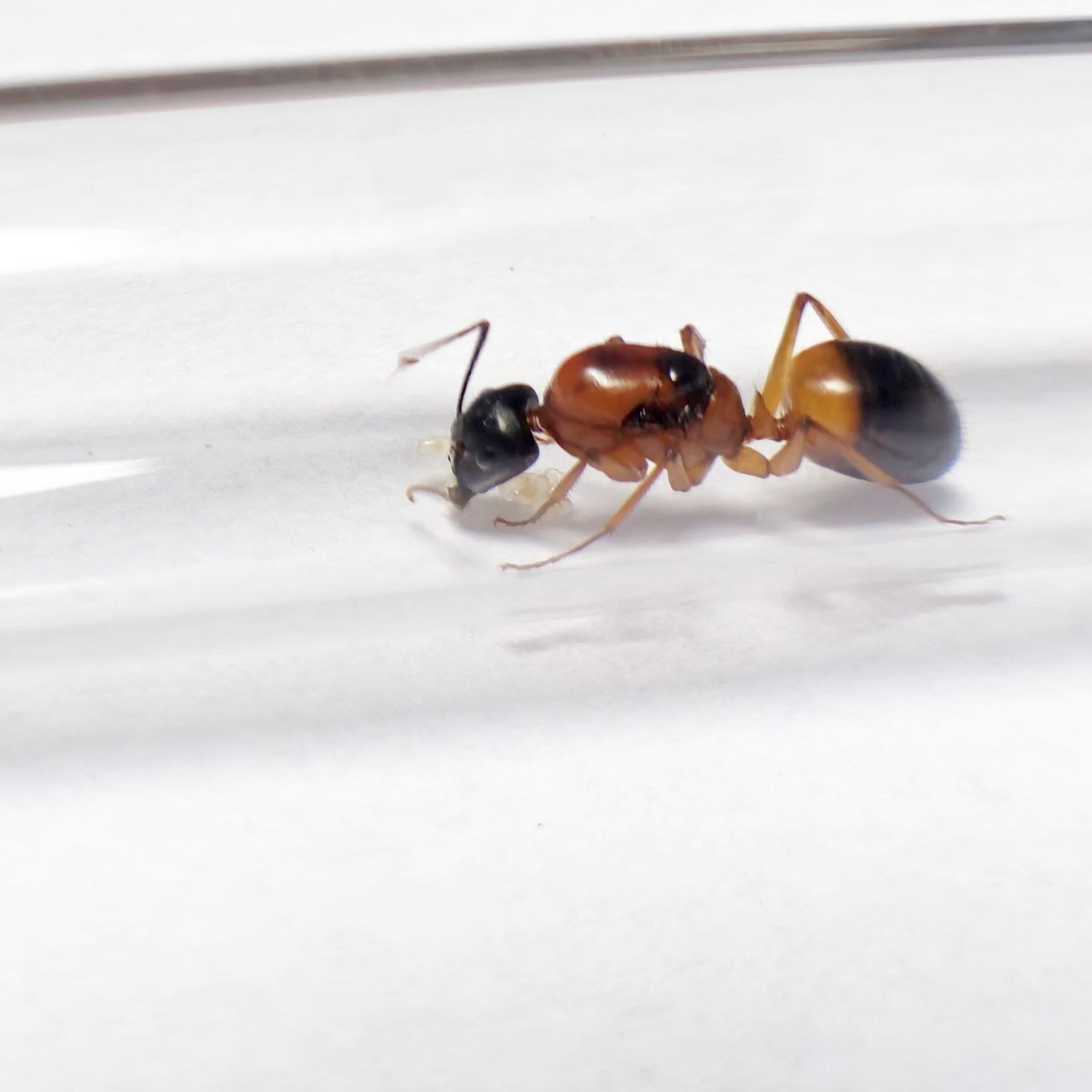
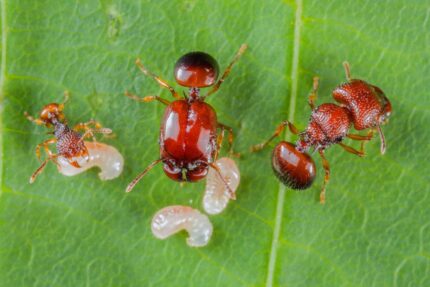


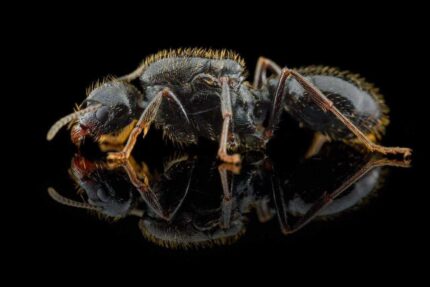
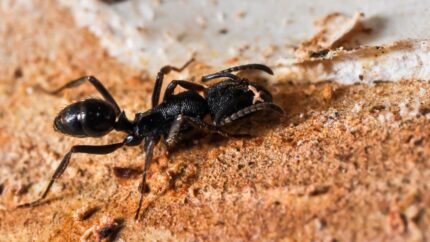
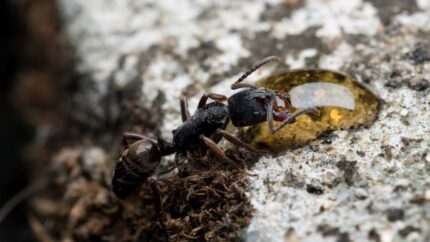
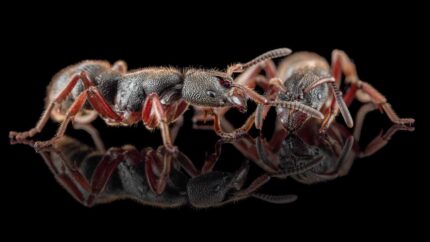
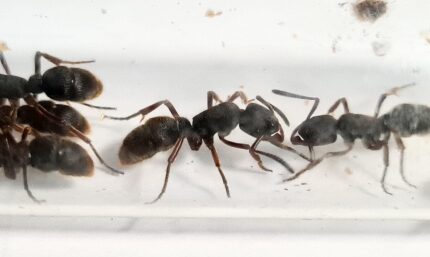
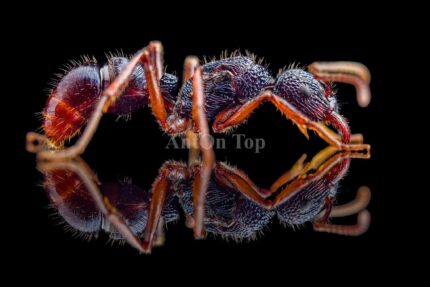

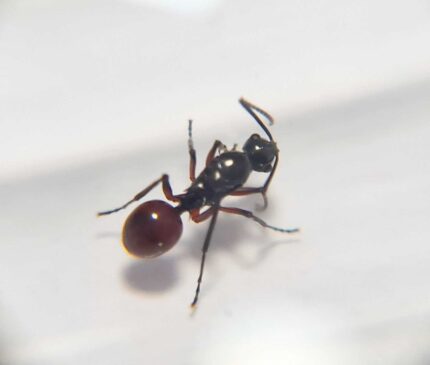
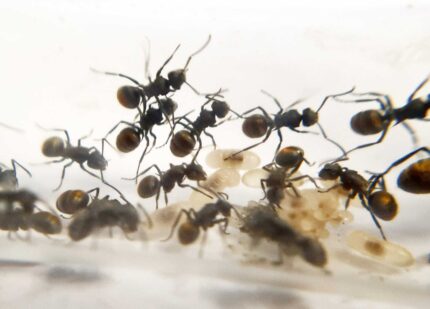
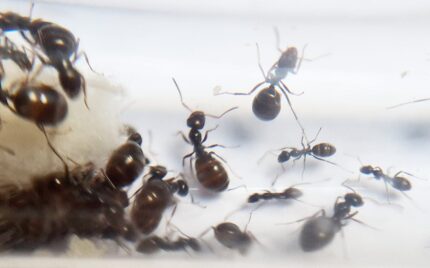
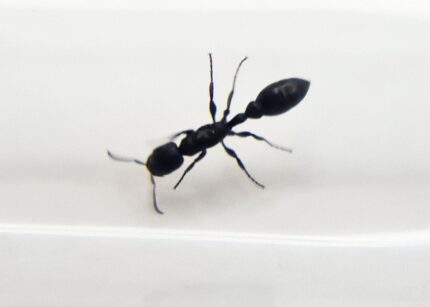
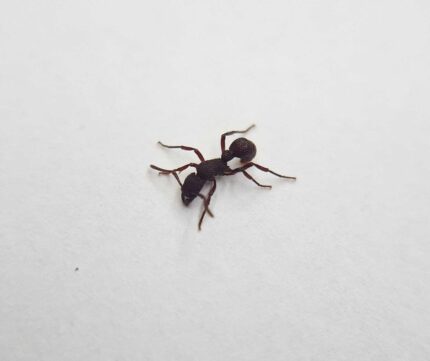
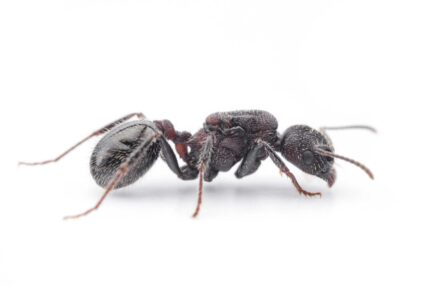
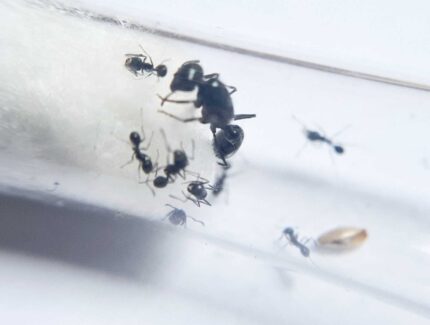
Valoraciones
Clear filtersNo hay valoraciones aún.